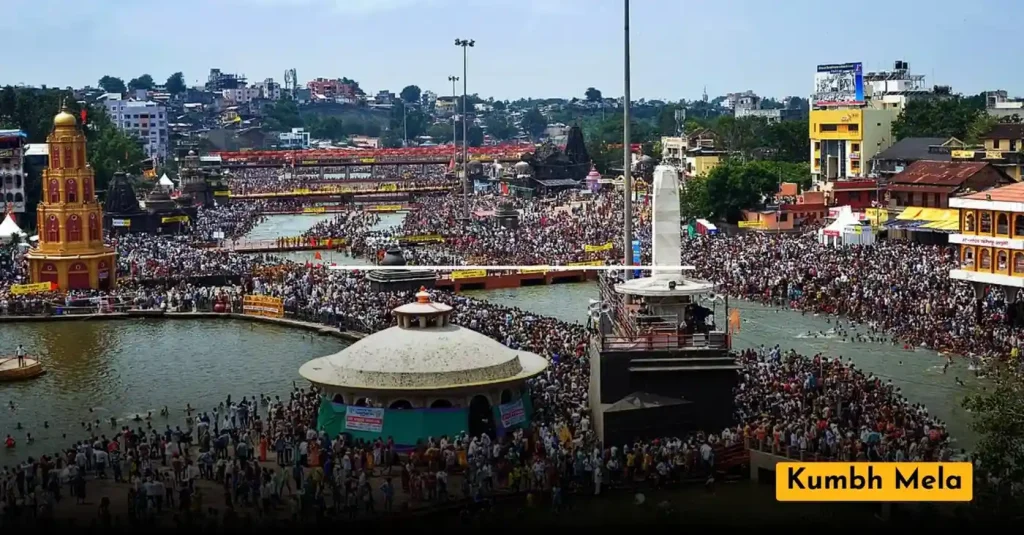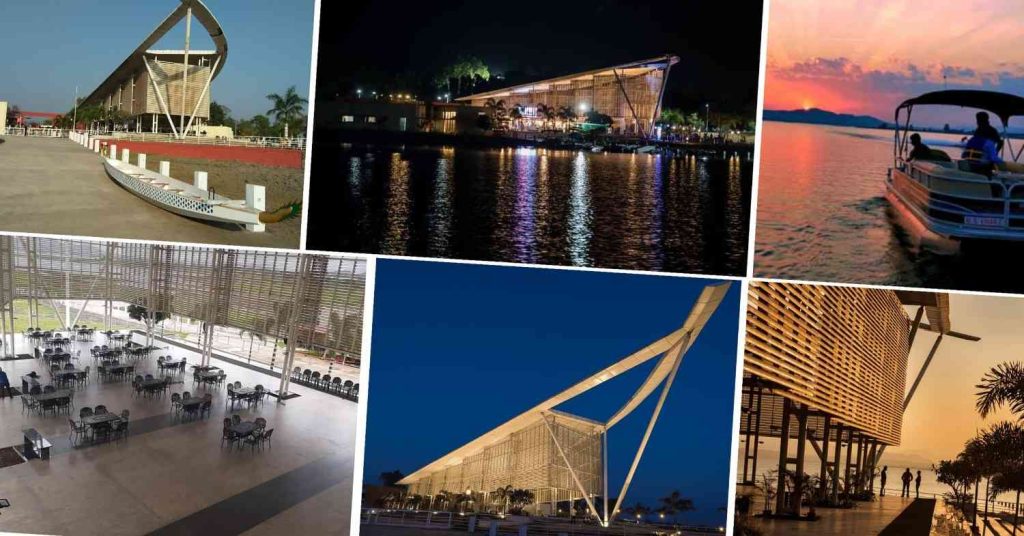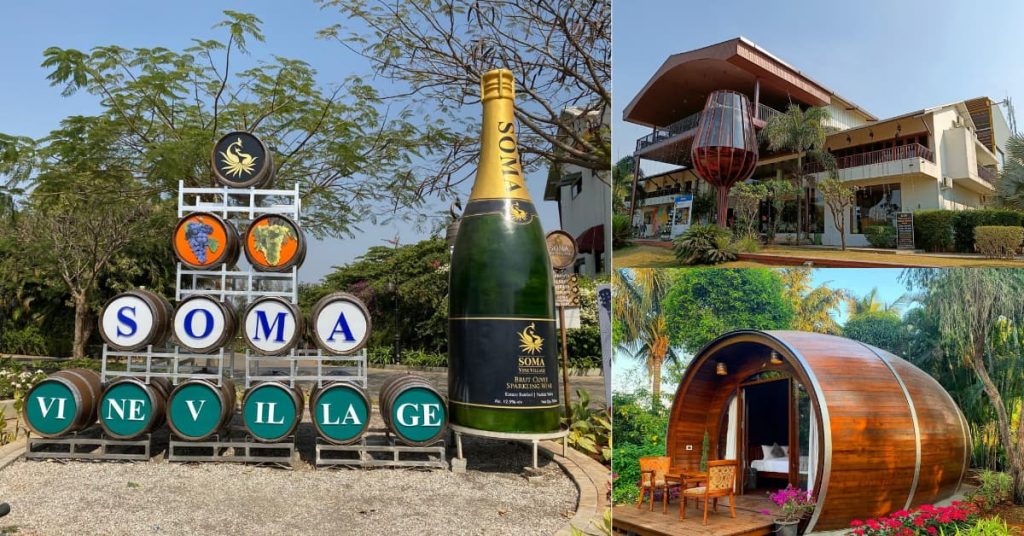Igatpuri, located in Maharashtra’s scenic Western Ghats, offers travelers a perfect escape from city life with its lush green hills and serene landscapes. The town experiences distinct seasonal weather patterns, with temperatures ranging from 16°C to 36°C and heavy rainfall from June to November. Winter months (December–February) bring cool, pleasant weather, ideal for trekking and sightseeing.
Just a 3-hour drive from Mumbai, Igatpuri is perfect for weekend getaways and nature lovers. In this article, we provide a complete Igatpuri weather forecast, seasonal insights, and practical travel tips to help you plan your visit for the best experiences throughout the year.

Igatpuri Weather In a Nutshell
Igatpuri experiences three main seasons, each with its own climate and attractions. Here’s a quick overview of the weather pattern.
| Summer Season (March – May ) | 25°C to 35°C |
| Monsoon Season (June – September) | 20°C to 30°C (with heavy rainfall) |
| Winter Season (October – February) | 10°C to 25°C |
| Best Time to Visit Igatpuri | June to September: lush greenery and waterfalls October to February: pleasant, cool weather |
Seasonal Weather Patterns In Igatpuri
Winters have cool, fresh air that’s great for exploring. Summers are warm and comfortable for sightseeing. During the monsoon, the area turns green and waterfalls flow, attracting nature lovers and adventure seekers. For a peaceful experience during clear winter evenings, don’t miss the sunset by the lake in Igatpuri — a popular outdoor spot known for its tranquil views.
Knowing this will help you to plan your trips based on what you want to experience.
- Summer: From March to May, Igatpuri experiences the summer season with warm temperatures ranging between 25°C and 35°C. The weather is generally dry and sunny, making it suitable for sightseeing, but a bit warmer during midday.
- Monsoon: Between June and September, heavy rains bring around 2,000mm (approx) of rainfall to Igatpuri. Temperatures stay cool, ranging from 20°C to 30°C. The rain enhances greenery and waterfalls, perfect for nature lovers.
- Winter: Winter lasts from October to February, with temperatures between 10°C and 25°C. The weather is cool and comfortable, ideal for trekking, outdoor adventures, and enjoying the fresh, crisp mountain air.
The region’s position in the Western Ghats creates microclimatic conditions, with valleys often experiencing different weather than higher elevations. These variations make Igatpuri’s weather particularly dynamic and worth understanding before planning your visit.
These microclimates mean that while one area might be covered in dense fog, another just a few kilometers away can be dry and sunny. This adds variety to every visit.
Igatpuri Seasonal Weather Table
| Season | Months | Temperature Range | Rainfall | Characteristics |
|---|---|---|---|---|
| Winter | Dec-Feb | 16-29°C | Minimal (1-5mm) | Clear skies, pleasant days, cool nights |
| Summer | Mar-May | 22-36°C | Low (1-25mm) | Hot days, pleasant evenings, increasing humidity |
| Monsoon | Jun-Nov | 21-30°C | Heavy (88-693mm) | Frequent downpours, lush landscapes, occasional flooding |
Monsoon Season in Igatpuri
Monsoon turns Igatpuri into a green paradise with flowing waterfalls and misty valleys. July records the highest rainfall (693mm), followed by August (576mm). During these months, daily showers are common, often accompanied by thunderstorms and strong winds.
Monsoon in Igatpuri starts in early June and continues till September, with the heaviest rains in July and August. Temperatures range from 20°C to 30°C, offering cool, refreshing weather. Mist-covered hills and overcast skies create a magical atmosphere. Between showers, clear moments reveal stunning views, attracting photographers and nature lovers alike.
The heavy precipitation creates spectacular waterfalls throughout the region, most notably at Camel Valley and Bhatsa River Valley. While monsoon brings challenging road conditions and occasional landslides, many adventure enthusiasts specifically visit during this period for monsoon trekking and to witness the region’s impressive waterfalls at their peak flow. Humidity levels remain high (70-80%), creating a dewy atmosphere that enhances the region’s lush appearance.
For those seeking more breathtaking landscapes, exploring other hill stations offers equally stunning monsoon views.
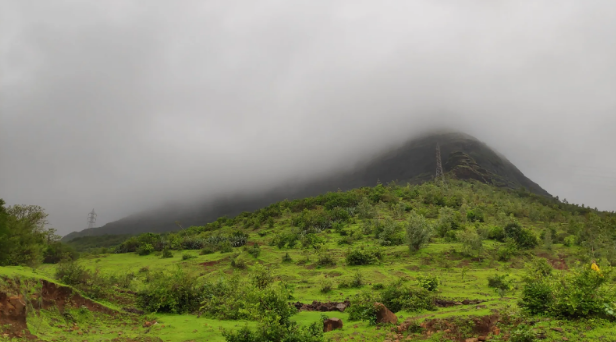
Best Times To Visit Igatpuri
The best time to visit Igatpuri is during the Monsoon season, from June to November. This is when the region transforms into a lush green paradise with flowing waterfalls, mist-covered hills, and refreshing cool weather. Since Nashik is just a short drive from Igatpuri, you can easily visit the stunning waterfalls nearby to fully enjoy the monsoon’s charm.
December to February marks Igatpuri’s peak tourist season, offering pleasant daytime temperatures (28-31°C) ideal for outdoor activities with minimal rainfall. These winter months provide clear visibility for landscape photography and comfortable conditions for extended treks.
For travelers who want to enjoy lush post-monsoon landscapes with more stable weather, October and November serve as an ideal one. The rains begin to ease, skies start to clear, and the surroundings remain vibrant offering a great mix of scenic beauty and pleasant conditions before the winter crowd arrives.
The monsoon season (June-November) attracts adventure enthusiasts and photographers seeking dramatic landscapes, though visitors should be prepared for daily rainfall and occasional travel disruptions. For those seeking solitude and budget accommodations, March-May offers less crowded experiences, though daytime temperatures can reach uncomfortable highs of 34-36°C.
Igatpuri Climate Change And Environmental Factors
Recent years have shown shifting patterns in Igatpuri’s traditional weather cycle, with delayed monsoon onsets and increasingly erratic rainfall distribution. Average summer temperatures have shown a slight upward trend, while winter minimums have remained relatively stable.
These changes have impacted agriculture and local water storage, making it harder for communities to rely on predictable seasons. Farmers have begun adjusting crop patterns to adapt to these shifts.
The Western Ghats’ forest cover plays a crucial role in maintaining Igatpuri’s microclimate, with deforestation in surrounding areas affecting rainfall patterns and increasing erosion risks. Local conservation initiatives focus on preserving native vegetation and watershed protection, which help moderate temperature extremes and maintain the area’s water resources.
Reforestation projects and rainwater harvesting are being promoted to restore ecological balance. These efforts not only stabilize weather patterns but also support biodiversity in the region.
Environmental education programs through the Vipassana International Academy and local organizations promote sustainable tourism practices that aim to preserve Igatpuri’s natural weather regulation systems for future generations.
Eco-tourism activities like guided nature walks and clean-up drives are gaining popularity, helping tourists engage more responsibly with the environment while supporting local livelihoods.
Things To Do In Igatpuri (As Per Weather)
Igatpuri’s diverse weather conditions create opportunities for season-specific activities that showcase the best of what this hill station offers. The lush monsoon landscape provides ideal conditions for waterfall visits and photography, while winter’s clear skies make it perfect for outdoor exploration and stargazing.
Igatpuri’s pleasant weather makes it an ideal spot for camping, especially during the cooler months. If you want to extend your outdoor adventure, check out the best camping places nearby for an unforgettable night under the stars.
Recommended Activities By Season
| Season | Recommended Activities |
|---|---|
| Winter (Dec-Feb) | Trekking to Tringalwadi Fort, camping by Arthur Lake, sunrise at Kalsubai Peak, meditation retreats |
| Summer (Mar-May) | Early morning hikes, riverside camping, Bhatsa River Valley exploration, dawn photography |
| Monsoon (Jun-Nov) | Waterfall tours, monsoon trekking in Sandhan Valley, bird watching, landscape photography |
| Year-round | Visits to Vipassana International Academy, Ghatandevi Temple, riverside meditation |
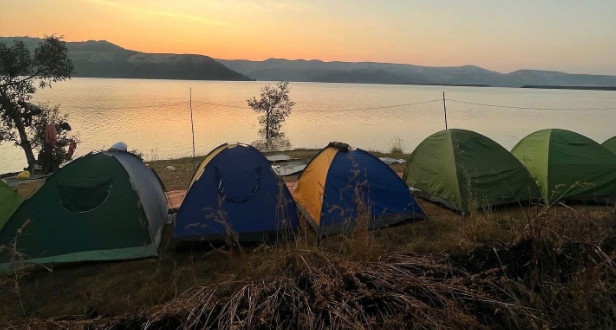
Igatpuri Travel Guide For Visitors
| Visitor Type | Recommended Season | Weather Expectations | Special Considerations |
|---|---|---|---|
| Leisure Travelers | Dec-Feb | 16-29°C, clear skies | Book accommodation in advance due to peak season |
| Adventure Seekers | Jun-Sep | 21-28°C, heavy rainfall | Pack waterproof gear, check road conditions |
| Photographers | Jul-Aug or Dec-Jan | Monsoon: dramatic waterfalls; Winter: clear vistas | Protect equipment from moisture during monsoon |
| Budget Travelers | Mar-May | 22-36°C, occasional heat | Early morning or evening activities recommended |
| Nature Enthusiasts | Sep-Oct | 21-30°C, post-monsoon greenery | Ideal for wildlife spotting after rains |
How To Plan Your Visit According To Igatpuri Weather
Weather conditions should be a primary consideration when planning your Igatpuri trip. For winter visits (December-February), reservations should be made well in advance due to peak season demand, particularly for weekends. Monsoon travelers should build flexibility into their schedules to accommodate unexpected weather delays and have alternative indoor activities planned.
It’s also helpful to check the local weather forecast regularly before and during your trip. This allows you to adjust your plans quickly and take advantage of clear days or prepare for sudden changes, especially during the unpredictable monsoon season.
Summer visitors should schedule outdoor activities during early morning or evening hours to avoid peak afternoon heat. Regardless of season, layered clothing is recommended as temperature fluctuations between day and night can be significant, especially in winter months when evenings can feel quite cool.
Seasonal Packing Checklist When Visiting Igatpuri
| Season | Essential Items |
|---|---|
| Winter (Dec-Feb) | Light jackets, comfortable trekking shoes, sun protection, and camera equipment |
| Summer (Mar-May) | Light cotton clothing, sun hats, sunscreen, insect repellent, hydration packs |
| Monsoon (Jun-Nov) | Waterproof backpack, quick-dry clothing, rain jacket, waterproof footwear, extra set of clothes |
Weather Precautions To Take In Igatpuri
Monsoon season brings several weather-related risks, particularly along trekking routes and mountain roads. Heavy rainfall can cause flash flooding in valley areas and near water bodies, while slippery conditions increase accident risks on hiking trails. Landslides occasionally affect mountain roads, particularly in July and August when rainfall is heaviest.
During summer months, heat exhaustion poses a risk for unprepared hikers, especially on exposed trails like the Kalsubai Peak trek. Visitors should carry sufficient water and avoid strenuous activities during peak afternoon heat. Lightning strikes pose dangers during pre-monsoon thunderstorms (May-June), making it advisable to avoid open areas and hilltops during storms.
For emergencies, maintain contact information for local authorities (Igatpuri Police Station: 02553-244333) and keep updated on weather forecasts through reliable sources.
Wildlife & Birdwatching in Igatpuri: Seasonal Insights
Igatpuri is a haven for wildlife and birdwatching enthusiasts. Here’s what visitors can expect across seasons:
- Monsoon (June–September):
- Lush green forests and flowing waterfalls.
- Spot migratory birds visiting the Western Ghats.
- Increased activity of butterflies and seasonal flora.
- Winter (November–February):
- Clear visibility for observing native bird species.
- Opportunity to see local wildlife such as small mammals and reptiles.
- Ideal for trekking with minimal obstruction from dense foliage.
- Tips for Birdwatchers & Nature Lovers:
- Carry binoculars and a field guide for Western Ghats birds.
- Visit early mornings for best sightings.
- Respect wildlife habitats and maintain distance.
Nearby Outdoor Escapes
Conclusion: Igatpuri Weather Forecast & Seasonal Travel Insights
Igatpuri’s weather shapes the essence of this Western Ghats haven, with each season offering a distinct experience. Winter invites peaceful treks under clear skies, while the monsoon transforms the landscape into a lush, green wonderland for nature lovers. Summer, though warmer, appeals to budget-conscious travelers with well-planned itineraries.
By understanding these seasonal patterns, you can plan the perfect getaway tailored to your interests. Before you travel, be sure to check the latest forecasts and road conditions. So, what will it be—misty monsoon magic or serene winter views? Igatpuri awaits your adventure!
FAQs
The best time to visit Igatpuri is from December to February when the weather is cool and pleasant with clear skies and minimal rainfall, making it ideal for outdoor activities and sightseeing.
Igatpuri experiences heavy monsoon rainfall, particularly in July (693mm) and August (576mm), with frequent downpours that can affect road conditions and outdoor activities but create spectacular waterfalls and lush landscapes.
No, Igatpuri does not experience snowfall. Winter temperatures typically range from 16-29°C, which is cool but well above freezing point.
Pack lightweight, breathable clothing, sun protection (hats, sunglasses, sunscreen), comfortable walking shoes, insect repellent, and a reusable water bottle to stay hydrated in temperatures that can reach 36°C.
During heavy monsoon periods (July-August), some trekking routes may be temporarily closed due to safety concerns, and mountain roads occasionally face delays due to landslides or maintenance work after heavy rainfall.




